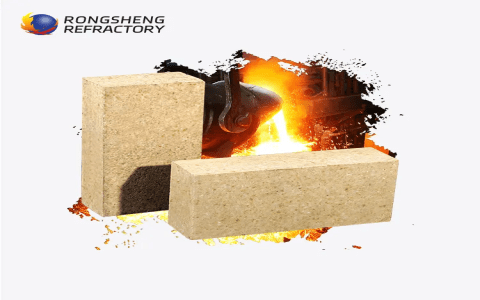Alright, let’s talk about cutting refractory brick. I know, I know, sounds super technical, right? But trust me, it’s not as intimidating as it seems. Think of it this way, you’re about to become a master of brick-cutting!
Now, I get it, sometimes you need to shape those bricks for a specific project. Whether you’re building a pizza oven, a fireplace, or even just repairing some old masonry, cutting refractory brick can be a necessary step. But don’t worry, it’s not rocket science.


Let’s break it down:
First, you need the right tools. You’ve got a few options here:
A masonry saw: This bad boy is like a power saw, but made specifically for cutting bricks and stones. It’s super efficient and makes clean, precise cuts.
A wet saw: Similar to a masonry saw, but uses water to cool the blade and keep dust down. It’s a little bit more advanced, but it’s a great choice if you’re working with a lot of brick.
A hammer and chisel: This is a more traditional method, and it can be a little bit more work, but it’s totally doable if you’re patient and have the right tools.
A cold chisel: This is another option for making cuts, but it’s best for scoring the brick before breaking it.
Next, you gotta choose your method:
Using a masonry or wet saw: This is the easiest way to cut refractory brick, but it’s also the most expensive. Simply clamp the brick down, mark your cut line, and run the saw along the line. Be sure to use safety goggles and a dust mask.


Using a hammer and chisel: This is a good option if you don’t have a power saw. It’s a little bit more work, but it’s still manageable. First, you’ll need to score the brick along your cut line. Then, gently tap the chisel along the score line until the brick breaks.
Using a cold chisel: You can use a cold chisel to make a series of cuts along your cut line, then break the brick along the score line. It takes more effort than a hammer and chisel, but it’s an option if you don’t have a hammer and chisel.
Now, let’s talk about safety:
Wear safety goggles: Seriously, these are non-negotiable. Brick dust is no joke.
Wear a dust mask: You don’t want to be breathing in that stuff.
Protect your hands: Use gloves to prevent cuts and blisters.
Work in a well-ventilated area: This is especially important if you’re using a power saw.
Finally, let’s talk about the fun stuff – tips and tricks:


Soak the brick before cutting: This helps to soften the brick and makes it easier to cut.
Use a wet saw with water: This helps to prevent dust and keep the blade cool.
Make multiple passes with the saw: This is especially helpful when cutting thicker bricks.
Use a ruler or measuring tape: This will help you to ensure that your cuts are accurate.
Here’s a table summarizing some of the key aspects we’ve talked about:
| Tool | Advantages | Disadvantages |
|---|---|---|
| Masonry saw | Fast, efficient, makes clean cuts | Expensive, requires power |
| Wet saw | Fast, efficient, makes clean cuts, less dusty | More expensive than a masonry saw, requires water |
| Hammer and chisel | Less expensive, no power required | Can be time-consuming, requires some skill |
| Cold chisel | Less expensive, no power required | Can be time-consuming, requires some skill |
Remember, patience is key. Cutting refractory brick can be a little tricky at first, but don’t get discouraged. With a little practice and the right tools, you’ll be a pro in no time.
So, what’s your next brick-cutting project? Tell me about it! Let’s discuss what tools you have, and what you’re hoping to achieve! I’m excited to hear your ideas and help you tackle that brick-cutting challenge.



